kottke.org posts about animals
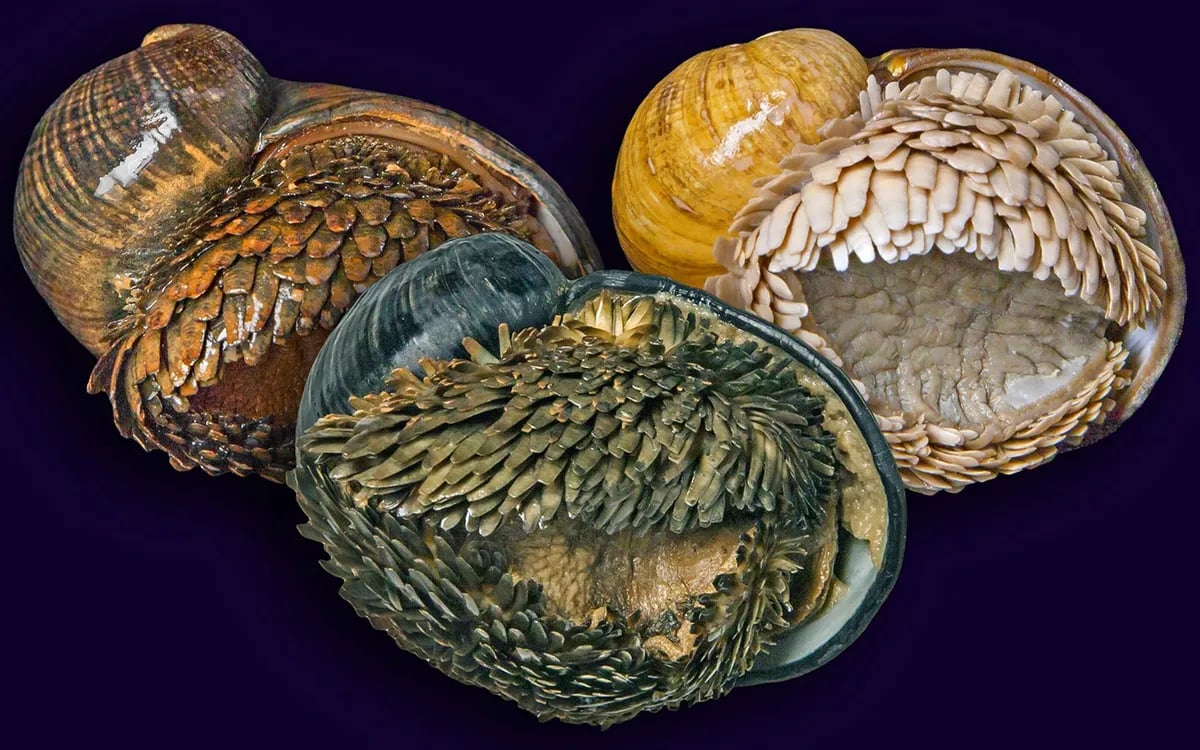
The scaly-foot snail or sea pangolin developed overlapping scales of iron on its foot to survive the high temperatures blasted out by the hydrothermal vents in the Indian Ocean it lives near. It also has a huge snail heart because “to accommodate the oxygen needs of symbiotic bacteria that live in their bodies and provide most of their nutrition.”
Longtime Kottke readers will remember my friend Chris Piascik who drew this metal snail after I told him about the other metal snail. Chris has an excellent YouTube channel where he talks about stuff I can’t really understand in an engaging and delightful way. In 2018, Chris and I spent about 6 months working together and putting out a kids’ book and he was mad at me every single day.
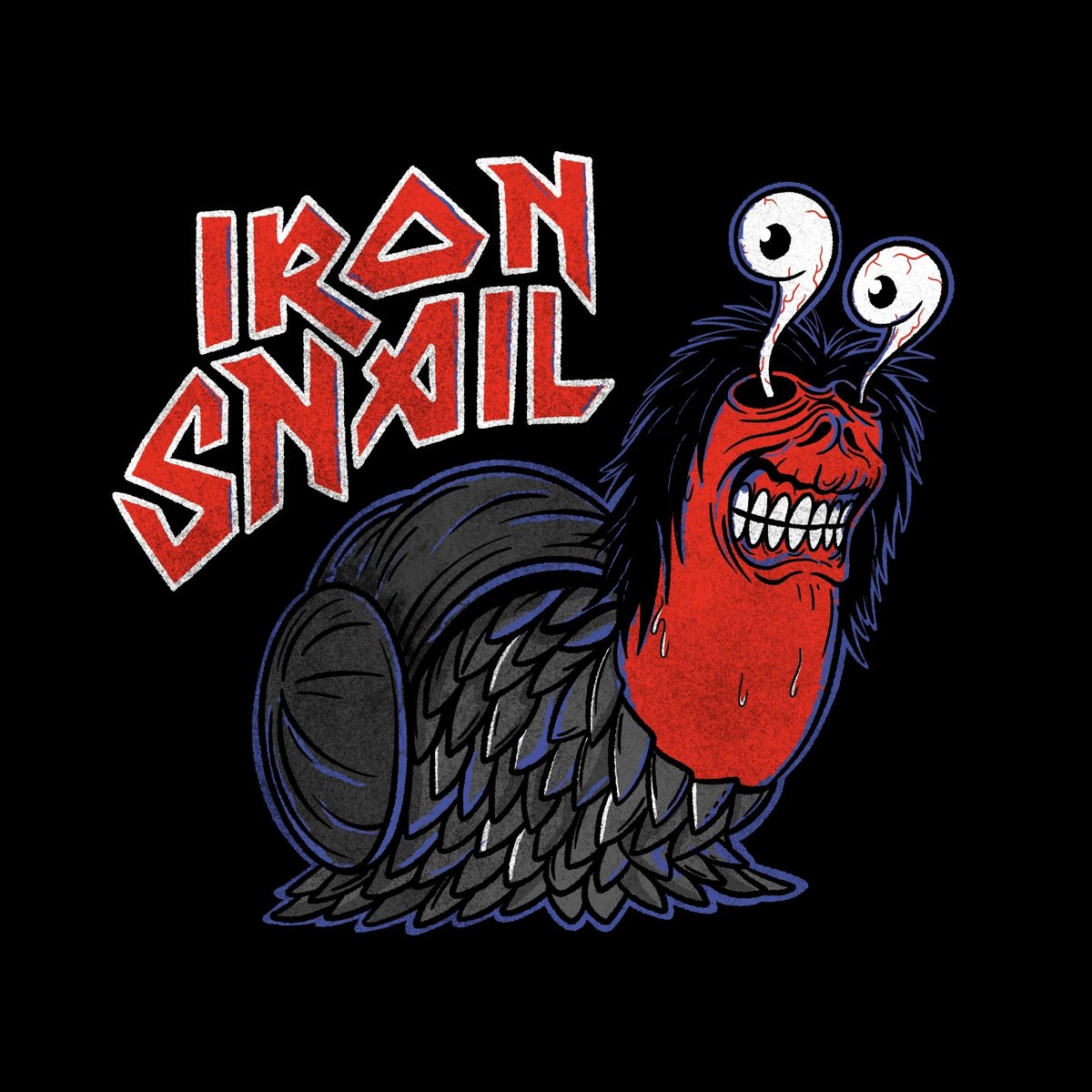
Punxsutawney Phil and his mate Phyllis have had babies and both of the articles I read about this deeply weirded me out. Listen, I get it, you don’t get to be President of The Punxsutawney Groundhog Club Inner Circle by being normal about groundhogs, but it feels a little culty to me.
To wit:
“[Dunkel] has a special cane that lets him speak “Groundhogease”.”
“He added that Phil’s children will not inherit his seer of seers or prognosticator abilities because, simply, there’s only one Phil.” Bro, what? Why wouldn’t the children inherit the mirth?
“[Phil] receives a special elixir to extend his life.” (Dunkel is at least better than the previous president who said in 2020 Phil was 134 years old, able to live forever because of the elixir, while Dunkel smartly refused to age the groundhog. (wood)Chuck Everlasting imo.)
The article says groundhogs don’t mate in captivity, but I can’t find proof of that one way or another. That said, this is the first time in the 138 year history of the PGC the groundhogs have mated. Finally, the Inner Circle is, of course, all men, though the Executive Director of the PGC is a woman and appears to have honorary membership on this honorary council.
Because I like using blog posts as opportunities for learning new stuff I said to myself while I was writing this post, “I bet people would find it helpful if I told them what the difference between a groundhog and a woodchuck is,” because it seems like the kind of thing people would want to know and I always thought they were the same thing, but I’m also the dumb bitch who just found out last night whales used to walk around land and evolved from land mammals so I googled it, and yeah, no, woodchucks and groundhogs are the same thing. I was right about that one.
When Chekhov saw the long winter, he saw a winter bleak and dark and bereft of hope. Yet we know that winter is just another step in the cycle of life. But standing here among the people of Punxsutawney and basking in the warmth of their hearths and hearts, I couldn’t imagine a better fate than a long and lustrous winter.
(via @igallupd.bsky.social)
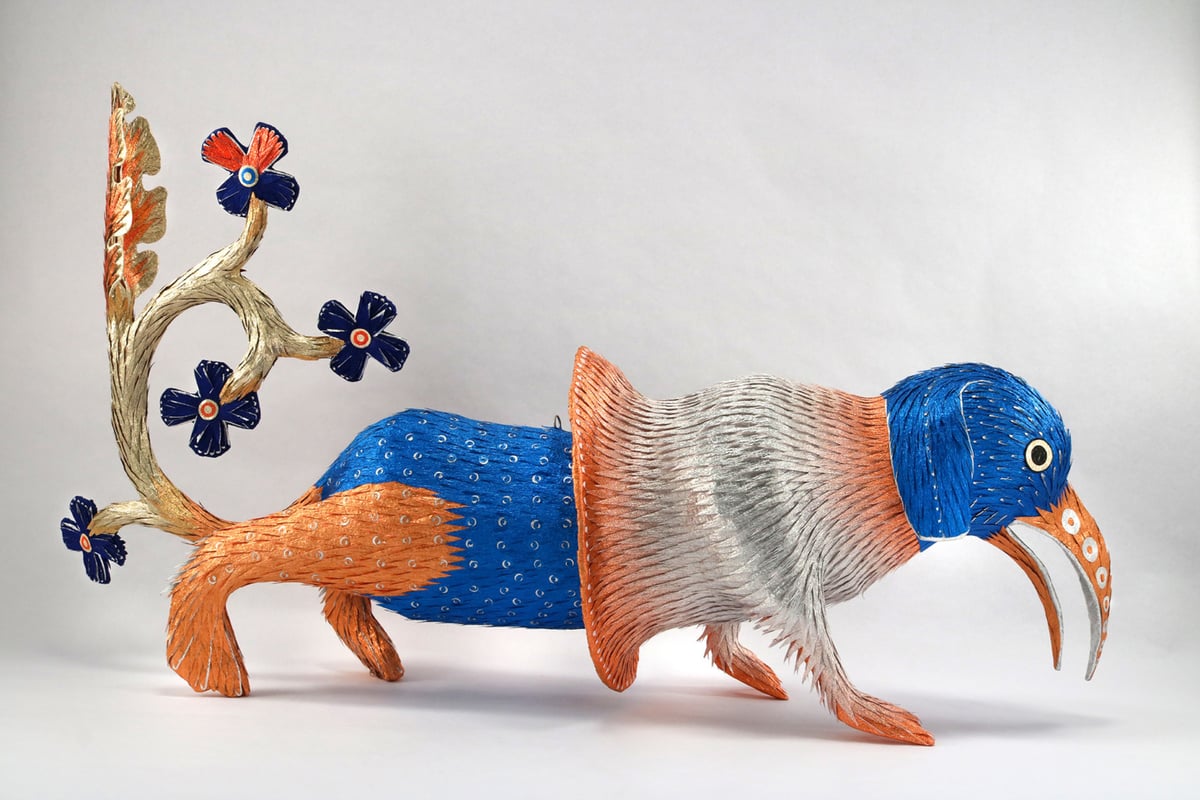
Roberto Benavidez is a Los Angeles-based artist who previously created a series of piñatas inspired by the art of Hieronymous Bosch, as well as a magnificent series of sculpted birds. His latest project, “Illuminated Piñata,” is inspired by mythical creatures found in the illuminations from medieval manuscripts. They are gorgeous, multidimensional, and inspiring. Here are just a few of them.
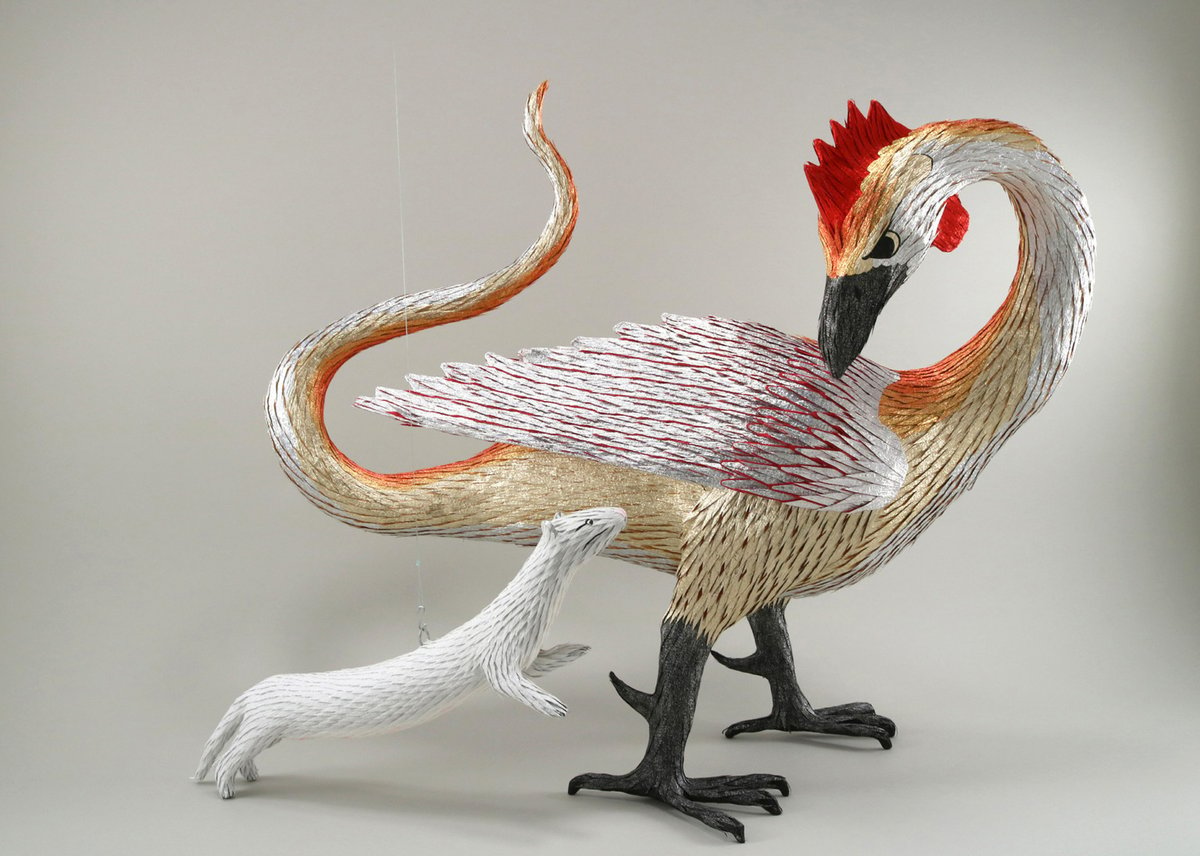
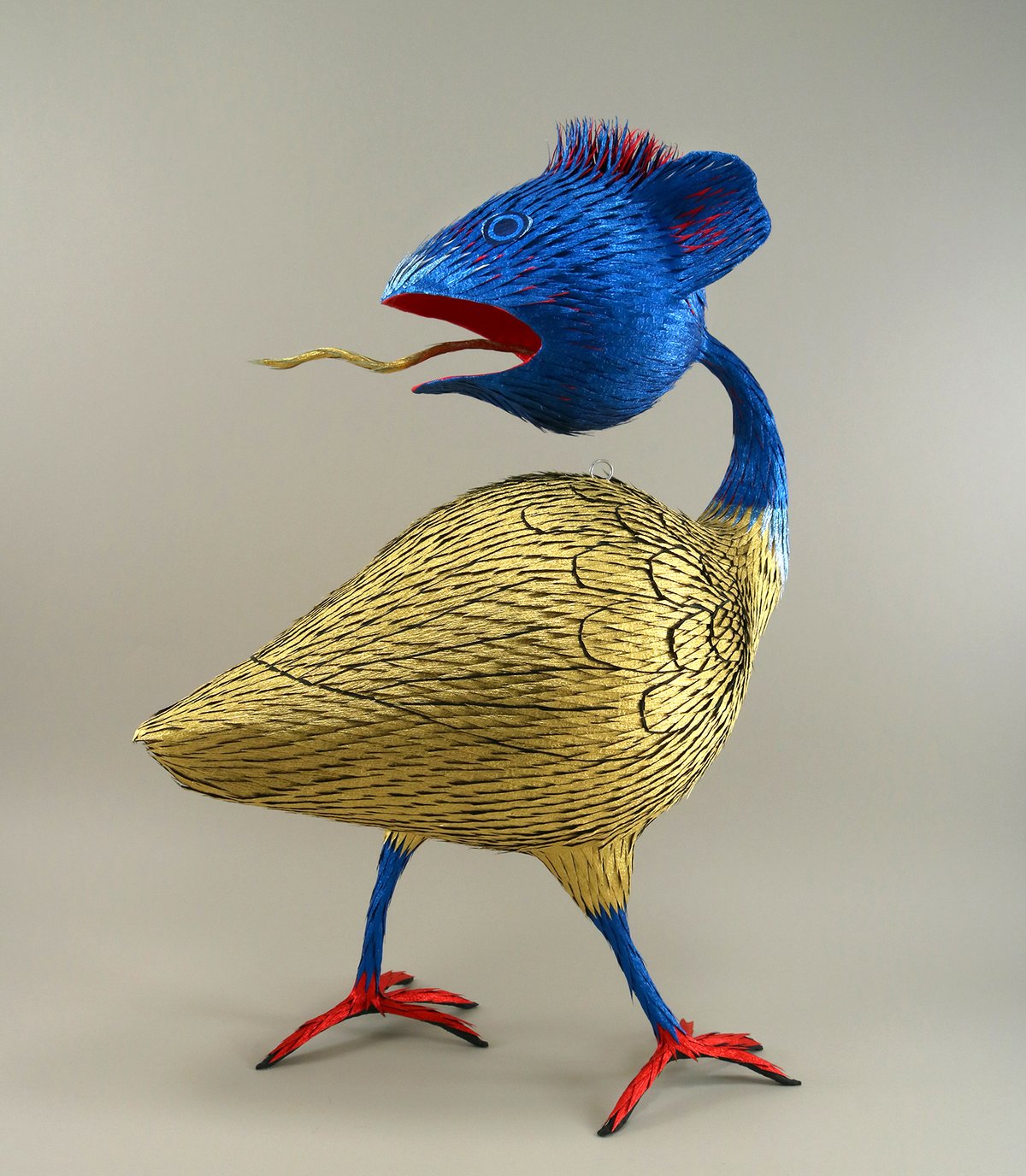
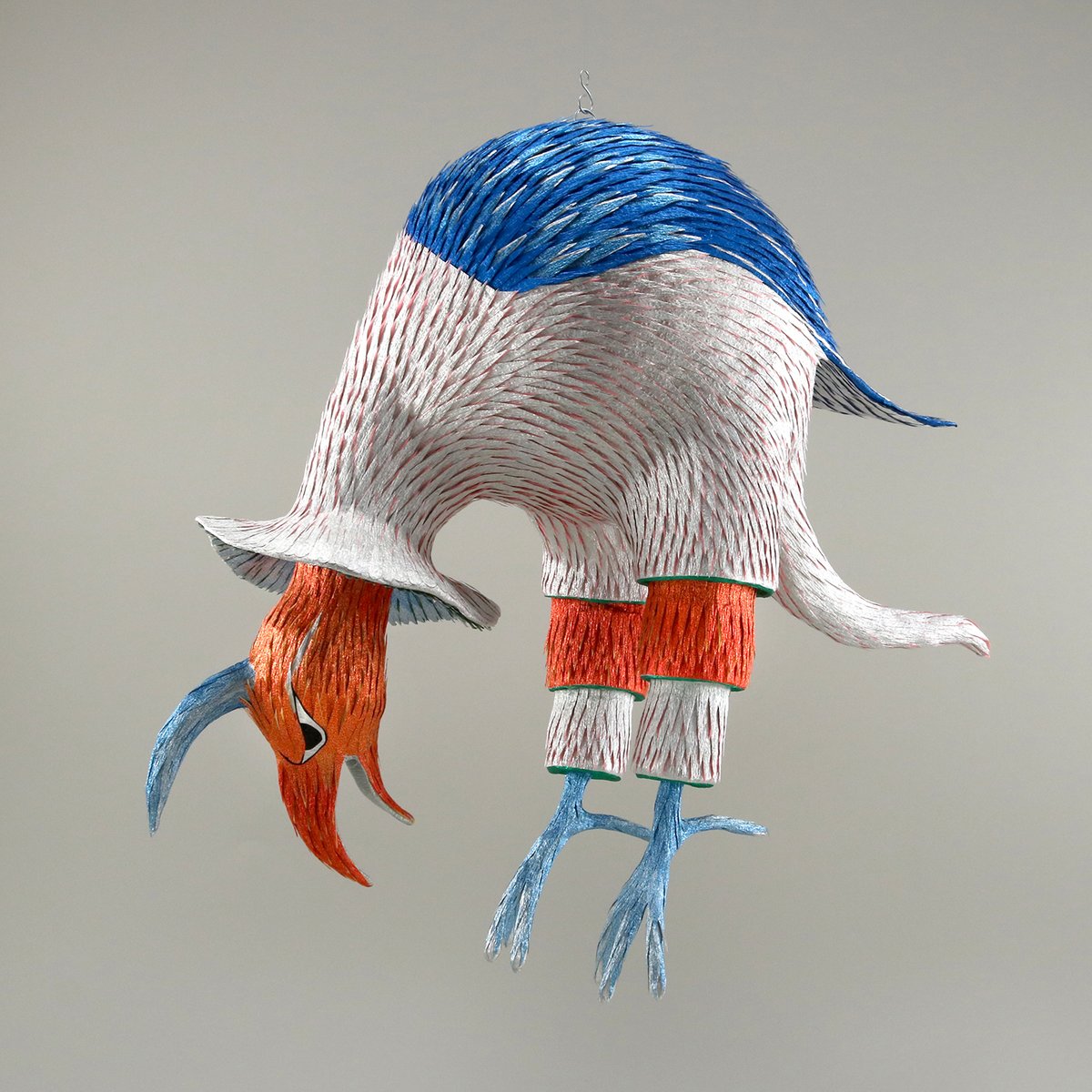
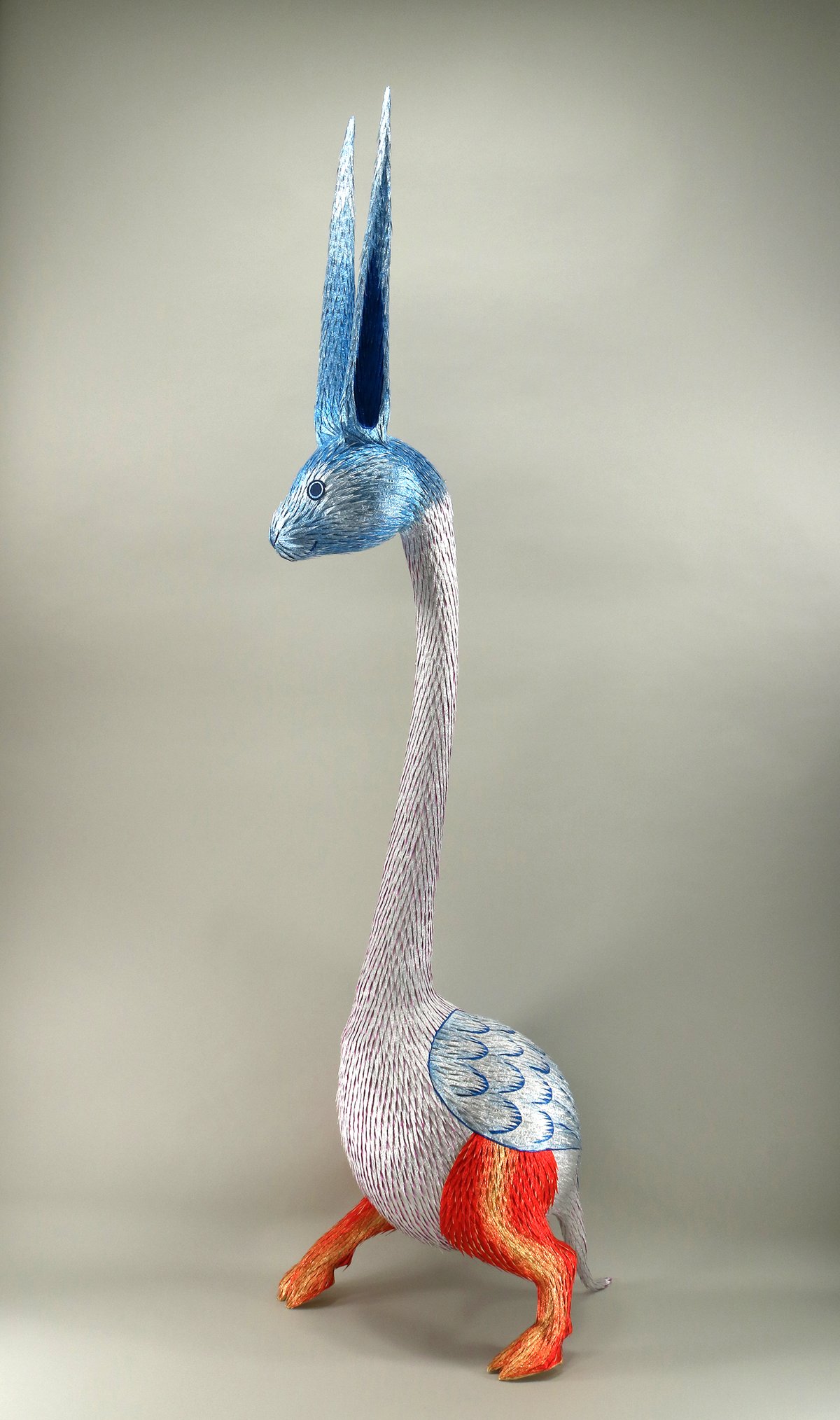
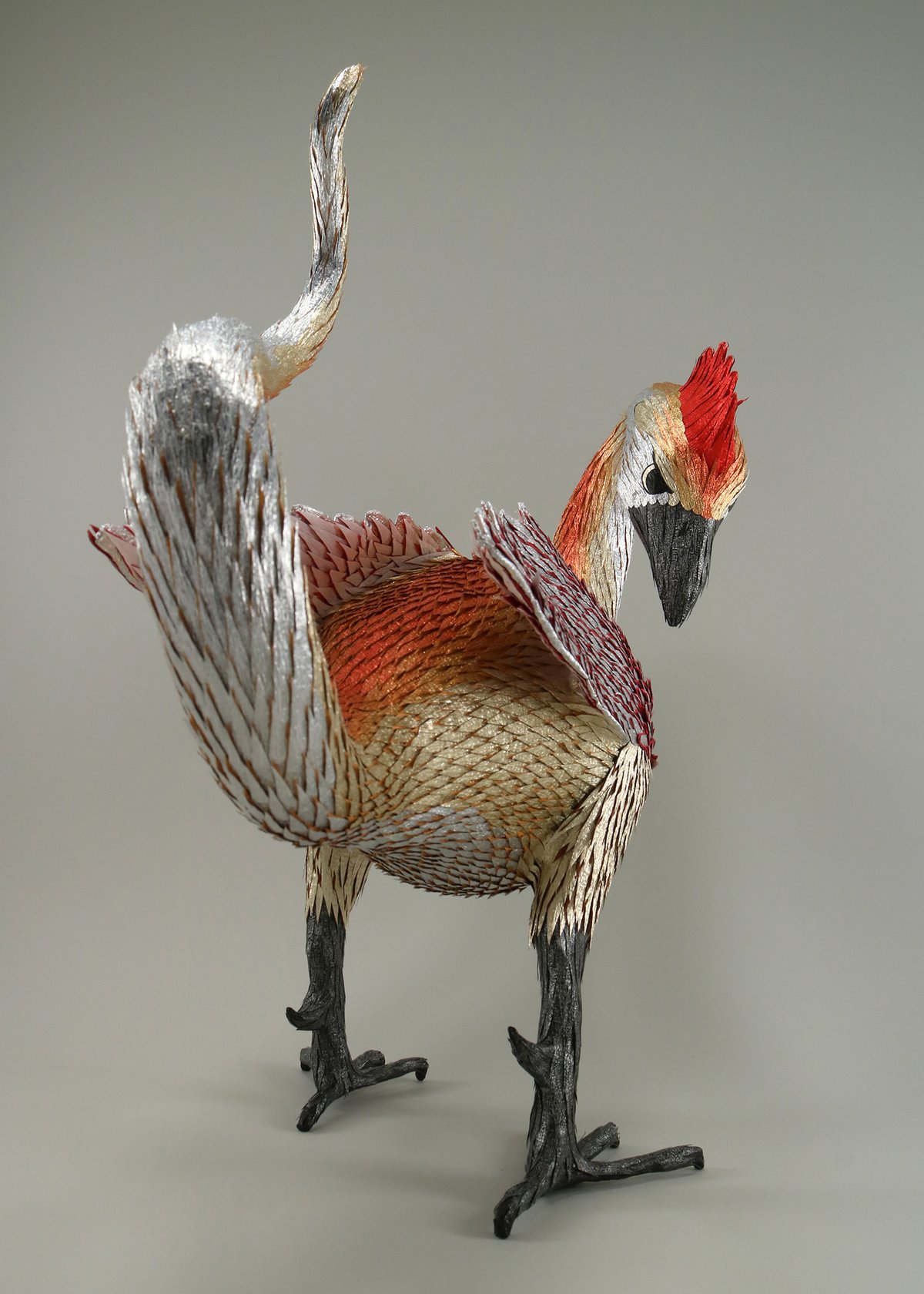
Via Colossal.
Apparently, this is what it looks like when a lion is getting a CAT scan.
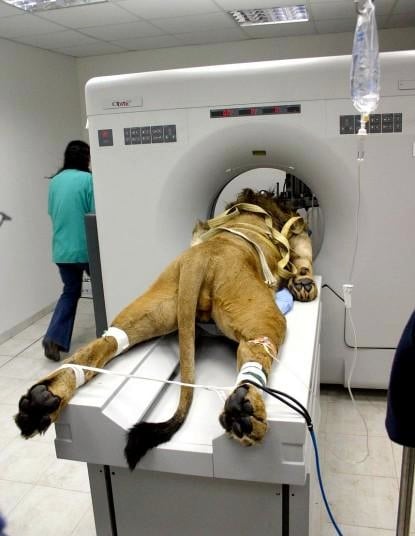
(via Amanda Macias)
This Garden of Eden-themed serpent rug by Fornasetti belongs in a bedroom.
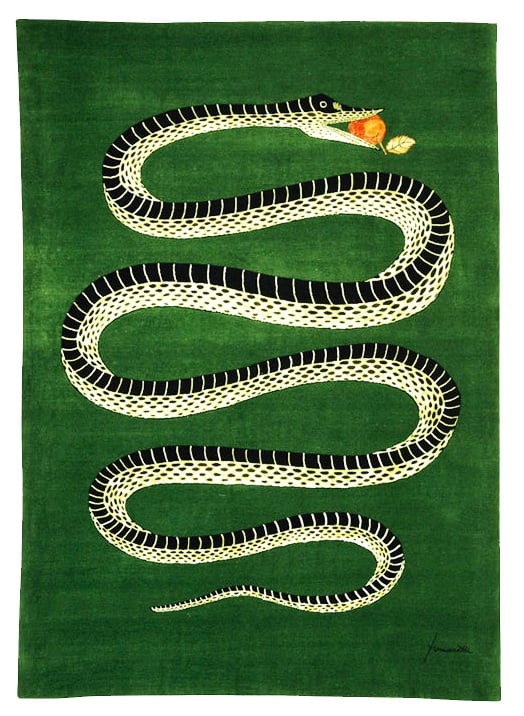
The Wall Street Journal explores “The Cult of Fornasetti.”
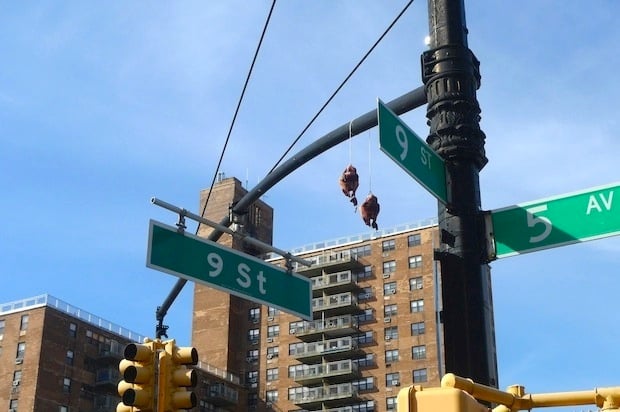
“Severed goat heads keep turning up in nearby Prospect Park,” reports Adrien Chen. Was it religious sacrifice? A prank? Something else?
A mysterious flood of goat heads is the only interesting thing that has happened in Park Slope since I moved to the neighborhood three years ago. Yes, the rush to blame a little-understood religion practiced largely by immigrants smacked a bit of lazy xenophobia, but the idea of Park Slope as a hotbed of animal sacrifice, in addition to child-friendly bars, was undeniably intriguing. In a city where everyday occurrences are casually weighed against the events of September 11, 2001, it was shocking to find that so many of my neighbors and I were actually shocked. The goat heads seemed to rear out of some shadow New York City that was even gnarlier than the pre-Guiliani version I’d seen in the movies, and at the edge of Brooklyn’s most thoroughly gentrified neighborhood, to boot. When New York asked me to investigate the goat heads, I leapt at the chance. I wanted to see if the world they hinted at lived up to the hype.”
His investigation includes a Freedom of Information Law request (“‘I’VE SEEN AS MUCH AS SEVEN SQUIRRELS DEAD IN THE PARK,’ went one report. ‘I’VE SEEN ONE THAT’S DECAPITATED’”), a Vodou priest, and multiple trips to the butcher.
I don’t want to freak anyone out, but this is happening. The monkeys are getting smarter and there’s nothing we can do. Today they’re fighting each other. Tomorrow they fight us. Langurs were deployed around buildings in Delhi to deal with the growing macaque menace. Unfortunately, the macaques are no longer afraid of the presence of langurs.
Diljan Ali, a langur handler, complained that the government hires monkey men to confront the macaques but refuses to compensate them when their animals are defeated. “(The macaques) are very smart. They know when they have the advantage. They attack in numbers and when they do it’s pre-planned,” he said.
Can someone tell me if this is for real? Regardless, I’m giving myself credit for avoiding the obvious Planet of the Apes headline joke.
Jamon Iberico, the so-called “best ham in the world”, is made from a breed of pig that has been raised in Spain for 10,000 years. Fear of disease made it unavailable in the US until 2006, when one Spanish importer was finally approved. (An American company, La Quercia in Iowa, is also making waves, though purists will argue…)
In the 1500s, Spanish conquistadors exploring the new world would drop off pigs in the interest of creating a food source should they ever come back around that way again. These pigs were direct descendants of Iberian pigs, but as America settled, these pigs were passed over in favor of pigs easier to raise in captivity. Except for on Ossabaw Island, GA, where the breed remained mostly pure for 400 years. However, since pigs are about as destructive a breed as you can introduce into an ecosystem, Georgia has been working to cull the population on Ossabaw Island since 2000.
Thanks to the efforts of “hamthropologist” Peter Kaminsky, a few small farms in North Carolina are now raising Ossabaw pigs, and working to keep the breed alive. The Ossabaws suffer from insular dwarfism, making the pigs smaller, and low-grade diabetes caused by an advanced fat-storing tendency, but Kaminsky says the meat is a close approximation.
A group of ravens is referred to as a congress or an unkindness. The most famous unkindness of six ravens at the Tower of London are employees, kept on staff at the expense of the British government. There are claims that the ravens were decreed to be kept by King Charles II to prevent disaster, or that they had been placed near the Tower in order to dramatize execution proceedings. These days they’re kept around for tourists, and they are fed well (for ravens) on a diet consisting of raw meat, bird formula biscuits soaked in blood, whole rabbit, eggs once a week, and occasional pieces of fried bread.
Ravens are fairly vicious by nature, so the Tower’s Ravenmaster must bond with them over a period of six weeks when they are fledglings. These birds are so vital to the Tower’s image that several fledglings are kept as understudies for the six working birds as they die, even though the average raven lifespan is twenty-five years. The current raven roster at the Tower consists of Gwylum, Thor, Hugin, Munin, Branwen, Bran, Gundulf, Baldrick, Fleur, and Colin.
Update: The legend is that the decree from King Charles II stemmed from the prophecy that if the ravens are removed from the tower, the monarchy will fall. It is believed that John Flamsteed, who was a prominent astronomical observer, complained to the king that ravens were getting in the way of his observations at the Royal Observatory, which was located in the northeastern section of the White Tower. King Charles’ solution to the complaint was to order all of the ravens killed. It was then that a mysterious oracle informed the king that if the ravens left the Tower of London, the White Tower would topple and the whole of England would be plagued by disaster. Superstitious, King Charles ordered that at least six ravens should be kept at the Tower at all times, and he moved the Observatory to Greenwich. It’s rumored that this decree still stands today.
(thx, adam)
Flying in the shape of a “v” allows geese to have an equal field of vision while conserving energy, using wingtip vortices to decrease any drag in flight. The bird in the front is working the hardest, but when the leader grows weary it rotates to a position farther back and allows another feathered pilot to take its place. This formation is so successful in conserving energy that birds who fly in “v” formations have been recorded to have lower heart rates than those who do not. If one of the birds flies out of formation, they will feel the increase in drag nudging them back into position. Perhaps most impressive, if a bird in the formation falls ill or is shot, two other birds will accompany it on the descent, aiding and protecting the injured bird until it either recovers or dies. The two helpful geese will then rejoin the formation.
A new study concludes that babies and dogs do not have an advanced ability to read social cues, but that wolves do. Using a hiding-and-finding game, scientists at University of Iowa and Indiana University have concluded that babies and dogs are distracted by social cues such as adults’ facial expressions and vocal interactions, and that they don’t have a unique or enhanced ability to recall where an object is hidden simply based on social cues alone. Wolves, and older babies, performed better in the study, and were more capable of remembering where the object was hidden. Professor John Spencer, who was at the helm of the research, understands that this could be a difficult fact for parents and pet owners to accept.
“In our view, this is something to celebrate — that we can bring social cognition together with basic cognitive processes. The downside, of course, is that infants, and by analogy dogs, don’t have a special mind-reading ability. For some people, that’s an unpleasant pill to swallow.”
The study was in direct response to one from the Hungarian Academy of Sciences last year, which had found that babies were quite apt at object recall based when the experimenters interacted with them. The oppositional findings raise an interesting question when it comes to our newest arrivals’ cleverness. It remains to be seen how good wolves are at Memory.
Sometimes, the quickest way to a woman’s heart is a bunch of sheep illuminated with LEDs and herded into meaningful patterns. This is what you city folk have been missing.
Cymothoa exigua is a crustacean parasite that eats the tongue of the host fish and then attaches itself to the mouth of the fish and functions as the tongue would have, sharing in the food that the fish brings in.
Animal Reviews is (duh) a site that reviews animals, including giving them a rating. The dolphin gets 0.8/10 while the duck-billed platypus gets a 6.3.
Oh, so you want flying cat pictures, do you?.
The club-winged manakin sings by playing its feathers like a washboard. Crickets do this, but the manakin is the first vertebrate observed to do it.
















Stay Connected